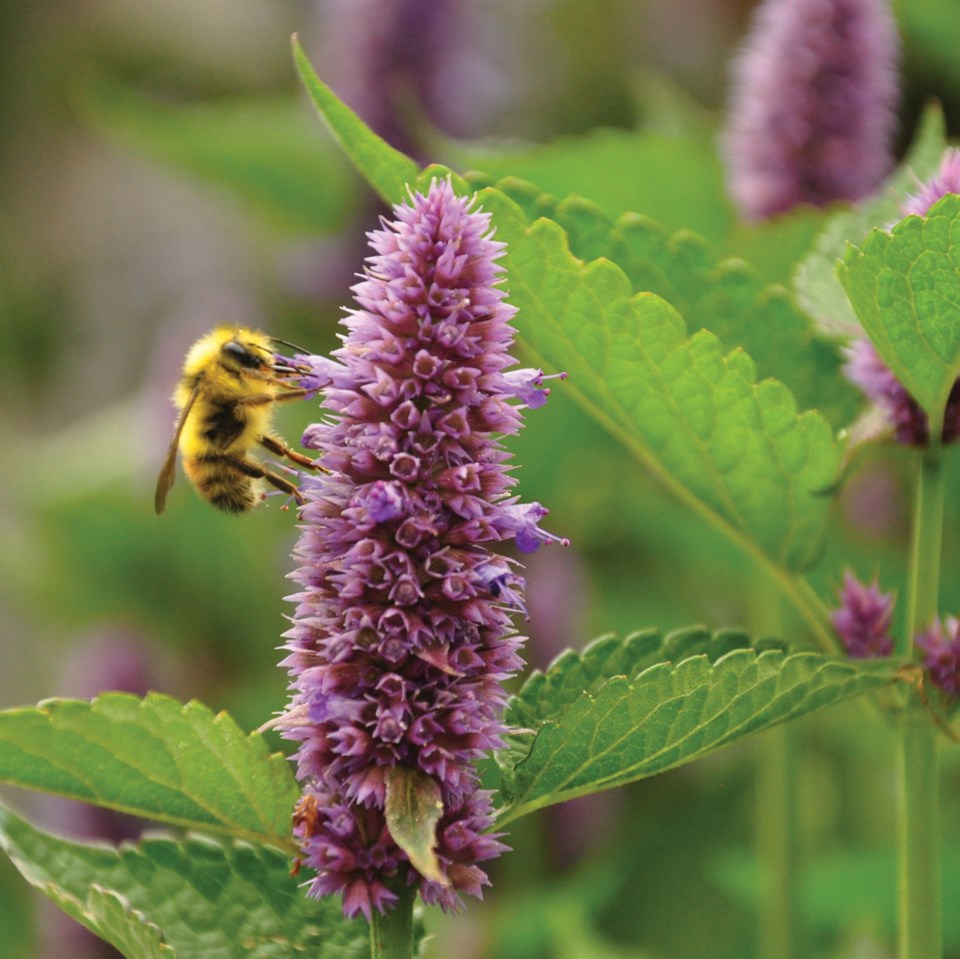Sunday, April 8 you can learn how to attract pollinators or purchase some succulents for your home garden at Sunshine Coast Botanical Garden.
To attract pollinators to your garden, be sure to hear Linda Gilkeson’s talk at 2 p.m. She is a Master Gardener and teacher extraordinaire, basing her talk on her studies in entomology, and many years of experience as a gardener on Salt Spring Island. Pollinators are invaluable for food gardens, ensuring fruit, berries or honey, and allowing you to save seeds to replant or trade. They are vital also to the native plants in our gardens and the larger environment, making seeds for winter birds. Pollinators also provide many months of fascination as they do their jobs. Find out what plants are the best to attract the pollinators, and what the other habitat enhancements you can provide. This talk is by donation, $15 suggested. Gilkeson’s latest book, Backyard Bounty, will be available courtesy of Talewind Books.
The mini-plant sale begins at 11 a.m. and features both outdoor succulents and indoor/patio succulents all propagated from the gardens of the Botanical Garden’s volunteers. These are stylish, generally carefree plants that need very little water. Hardy outdoor succulents are very long-lasting perennials for garden beds, wall crevices or in pots. The tender indoor succulents can come indoors for the cooler weather, with a summer holiday outside, and are usually grown in containers.
Sunshine Coast Botanical Garden is at 5941 Mason Road, West Sechelt, and is open four days a week during early spring, Friday through Monday 11 a.m. to 4 p.m., by donation. Members enjoy unlimited visits plus many extra perks. April features the Rhododendron Garden, with its shrubs and other spring-flowering plants. Families will enjoy spotting the amphibian egg masses at the edges of the ponds.
For information, see www.coastbotanicalgarden.org
– Submitted by Paddy Wales



